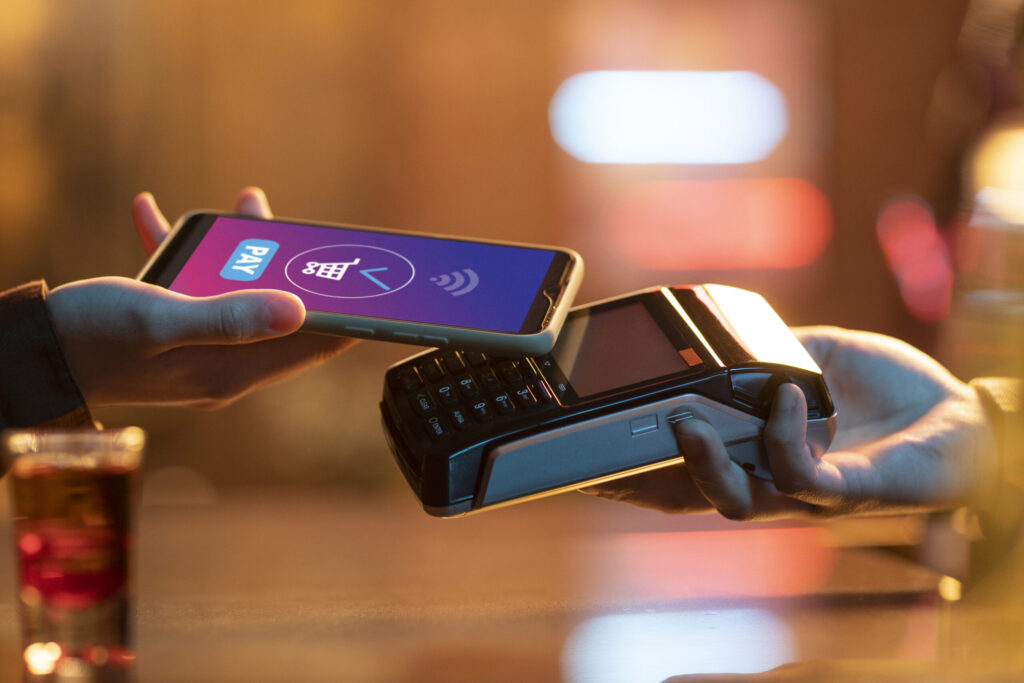
Introduction
Digital Payments systems have been completely redesigned to be more practical, quick, and secure with the rise of digital payment services. The need for carrying cash or writing checks is no longer necessary as smartphones and computers can be used to make quick and easy transactions. This article will delve into the effects of digital payments services on payment methods and the outlook of this technology.
What are Digital services?
Our ability to transfer money or pay for products and services electronically over the internet or other digital devices is known as digital payment systems. Digital payment systems are quickly gaining popularity around the world since they are typically quicker and more practical than conventional payment methods like cash or checks
The Rise of Digital Payments Services
There are many reasons why Digital Payments Services are becoming more popular, including rising smartphone, internet, and online retail usage. People expect quick and efficient payment alternatives that can keep up with their fast-paced lifestyles since they are more connected than ever. Without using actual cash or cheques, Digital Payments Services offer a handy way to pay for goods and services.

Benefits of Digital Payment Systems
Digital Payments Services are an appealing alternative for both consumers and companies due to their numerous advantages. Some of the key benefits of Digital Payments Services are:
- Convenience
Due to their accessibility from any location at any time, Digital Payments Services are quite convenient. Using your smartphone or computer, you may make payments instantaneously without carrying cash or cheques with you. This makes it simple to send money to other individuals and pay bills as well as make online purchases.
- Security
Digital Payments Services are extremely safe since they protect your financial and personal data using encryption and other security measures.
With conventional payment methods, there is a significant possibility of fraud and identity theft, which is decreased by doing this.
- Speed
Digital payments Services are faster than traditional payment methods, such as cash or checks. You can make payments instantly, without the need for any physical transactions. This makes it simple to send money to other people quickly, pay bills and buy things online.
- Cost-effective
Alternatives to traditional payment methods like cash and checks, such as digital payment services, are frequently more affordable. Transaction fees and other expenses related to conventional payment methods can build up over time, so you can save money by avoiding them.
Types of Digital Payment Services
There are various sorts of Digital payment services accessible, each with its own set of features and advantages. The following are some of the most frequent forms of digital payment services.
Here are the main types of digital payment services, categorized by how they work and what they’re used for:
1. Bank-Based Payments
- Internet Banking – Payments made through a bank’s online portal.
- Mobile Banking – Payments via apps provided by banks.
- Direct Debit/ACH Transfers – Automated recurring payments (e.g., bills, subscriptions).
2. Mobile Payment Services
- Mobile Wallets – Apps that store card info (e.g., Apple Pay, Google Pay, Samsung Pay).
- USSD Payments – Payments made through USSD codes (popular in regions with low smartphone penetration).
- Mobile Money – Phone-based wallets tied to phone numbers (e.g., M-Pesa, MTN Mobile Money).
3. Card-Based Payments
- Debit/Credit Card Payments – Via physical or virtual cards through POS or online.
- Prepaid Cards – Loadable cards used for specific purchases or limited spending.
4. Online Payment Gateways
- Used by businesses to accept payments on websites or apps.
- Examples: Paystack, Flutterwave, Stripe, PayPal, Square.
- Supports cards, bank transfers, USSD, mobile wallets, etc.
5. Peer-to-Peer (P2P) Payment Apps
- Used to send/receive money between individuals.
- Examples: Venmo, Cash App, Zelle, Chipper Cash.
- Often instant and user-friendly.
6. Business-to-business (B2B) Payment Platforms
- Specialized platforms for mass payouts, invoicing, and settlements.
- Examples: Interswitch CorporatePay, YoguPay, WebPayment.io.
7. Cross-Border Payment Services
- Facilitate international transfers with currency conversion.
- Examples: Wise (formerly TransferWise), WorldRemit, Remitly, Western Union (digital).
8. Crypto & Blockchain Payments
- Payments using cryptocurrencies (e.g., Bitcoin, USDT).
- Used for fast, borderless, and often low-fee transactions.
- Popular platforms: BitPay, Coinbase Commerce, Binance Pay.

Digital payments and the future
In the coming years, Digital Payments Services are projected to rise in popularity. Demand for Digital Payments Services is expected to rise as more individuals get comfortable using more technology for financial transactions.
The ever growing popularity of smartphones and other mobile devices may resulting in the boosting of the adoption of digital payment services.
Challenges of digital payment services
While Digital Payments Services offer significant benefits to the end user, a number of difficulties must be addressed. Some of the key challenges of Digital Payments Services are:
- Security risk
Digital Payments Services can be vulnerable to security risks, such as data breaches and hacking attacks. To protect users personal and financial information, Digital Payments Services must have rigorous security measures.
- Lack of Infrastructure
The necessary infrastructure to support Digital Payments Services is lacking in various parts of the world. People may find it challenging to get these services as a result , particularly in remote locations.
- Low digital literacy
Due to a lack of digital literacy, some people could be reluctant to use digital payment services. People may not know how to utilize these services or may be fearful of making mistakes, which can be a barrier to adoption.
Conclusion
Digital payments Services are changing the way we purchase things by offering a speedy, simple, and reliable option to traditional payment methods! These services are making a significant impact in the world of commerce, this is because they provide a convenient and secure way to pay for both goods and services. Adoption of Digital Payments Services is expected to increase as more people become comfortable utilizing technology for financial transactions. Other issues, like security concerns and a lack of infrastructure, must be addressed.